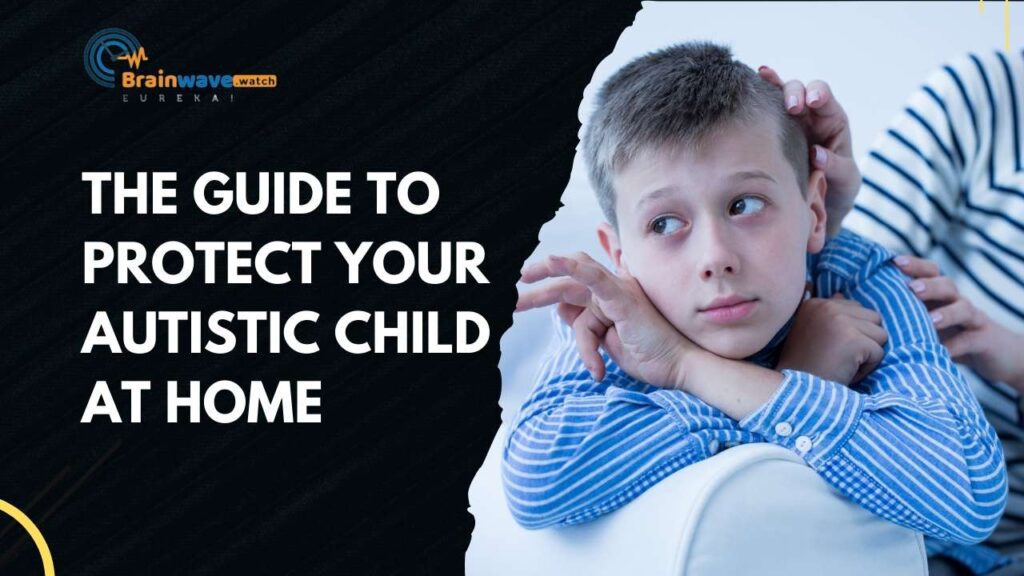Anxiety is a common experience for many individuals with autism spectrum disorder (ASD). The challenges associated with social interactions, sensory sensitivities, and changes in routines can often trigger anxiety in individuals on the spectrum. However, with the right strategies and support, it is possible to effectively cope with anxiety and improve overall well-being. In this article, we will explore effective strategies for managing anxiety in individuals with autism.
Anxiety in Autism
Anxiety in individuals with autism may manifest in different ways, making it crucial to understand the unique experiences and challenges they face. Some common signs of anxiety in autism can include:
- Social anxiety: Individuals with autism may struggle with social interactions and experience anxiety in social settings.
- Sensory overload: Sensory sensitivities can trigger anxiety, as individuals may become overwhelmed by certain sounds, textures, or visual stimuli.
- Routine disruptions: Any changes in routines or unexpected events can cause heightened anxiety for individuals with autism.
- Difficulty with uncertainty: Autistic individuals often find it challenging to deal with uncertainty or unpredictable situations, leading to increased anxiety.
It’s important to recognize that anxiety can vary greatly among individuals with autism, and each person may have their own specific triggers and manifestations.
Identifying Triggers and Patterns
To effectively manage anxiety in autism, it is essential to identify specific triggers and patterns that contribute to anxiety episodes. This process involves careful observation and documentation of behaviors and situations that precede anxiety.
- Keep a journal: Encourage the individual to maintain a journal where they can record situations, events, or activities that seem to trigger anxiety. This record can help identify patterns over time.
- Observe and ask questions: Regularly observe the individual’s behavior and ask open-ended questions to better understand their anxiety triggers. This insight can assist in developing personalized coping mechanisms.
Knowing the specific triggers and patterns can help individuals with autism and their support network, facilitate strategies to reduce or avoid these triggers and minimize anxiety episodes.
Creating a Supportive Environment
Creating a supportive environment is crucial for individuals with autism to manage anxiety effectively. Here are some strategies to establish a supportive environment:
- Structure and predictability: Establish a consistent routine and provide clear expectations about daily activities. Visual schedules or calendars can help individuals with autism manage their time and reduce anxiety.
“Consistency and predictability provide a sense of security for individuals with autism.”
- Sensory considerations: Recognize and accommodate sensory sensitivities by providing a calm and quiet space, using noise-canceling headphones, or allowing access to sensory tools like stress balls or weighted blankets.
- Clear communication: Use clear and concise language, visual aids, and social stories to enhance understanding and reduce anxiety related to communication challenges.
- Positive reinforcement: Acknowledge and reward efforts to cope with anxiety and implement positive coping strategies. Encouragement and praise can significantly impact an individual’s confidence and well-being.
Developing Coping Mechanisms and Strategies
Equipping individuals with autism with effective coping mechanisms and strategies is critical to managing anxiety. Different strategies may work for different individuals, so it’s important to explore various options. Here are some strategies that can be beneficial:
- Deep breathing and relaxation techniques: Teach deep breathing exercises and relaxation techniques to promote calmness during moments of stress or anxiety.
- Visual supports: Utilize visual supports, such as social stories, visual schedules, and emotion charts, to help individuals with autism understand and navigate anxious situations.
- Self-regulation strategies: Teach self-regulation strategies like mindfulness, grounding techniques, or redirecting attention to help individuals manage their anxiety in a more controlled manner.
- Engaging in preferred activities: Encourage participation in activities that bring joy and relaxation to help reduce anxiety levels.
- Social skills training: Help individuals with autism develop social skills and improve their ability to navigate social situations, ultimately reducing anxiety in social interactions.
Remember, the effectiveness of coping mechanisms may vary, and it’s important to experiment with different strategies until you find the ones that work best for each individual.
Seeking Professional Help and Resources
While implementing coping strategies and creating a supportive environment can make a significant difference, professional help, and resources can provide additional support. Consider the following options:
- Therapy and counseling: Seek out therapists or counselors experienced in working with individuals with autism to provide specialized support and guidance.
- Behavioral interventions: Behavioral interventions, such as cognitive-behavioral therapy (CBT), can be effective in addressing anxiety and promoting adaptive coping skills.
- Support groups: Joining support groups for individuals with autism and their families can provide invaluable opportunities to learn from other’s experiences and gain support.
- Educational resources: Explore books, online courses, and relevant websites that offer information and strategies for managing anxiety in individuals with autism.
By combining the strategies mentioned earlier with professional assistance and resources, you can create a comprehensive support system to manage anxiety in individuals with autism effectively.
In conclusion, anxiety is a significant challenge for individuals with autism, but with understanding, support, and effective coping strategies, it is possible to alleviate anxiety and improve overall well-being. By identifying triggers and patterns, creating a supportive environment, developing coping mechanisms, and seeking professional help when needed, individuals with autism can live a more fulfilling and anxiety-free life.







